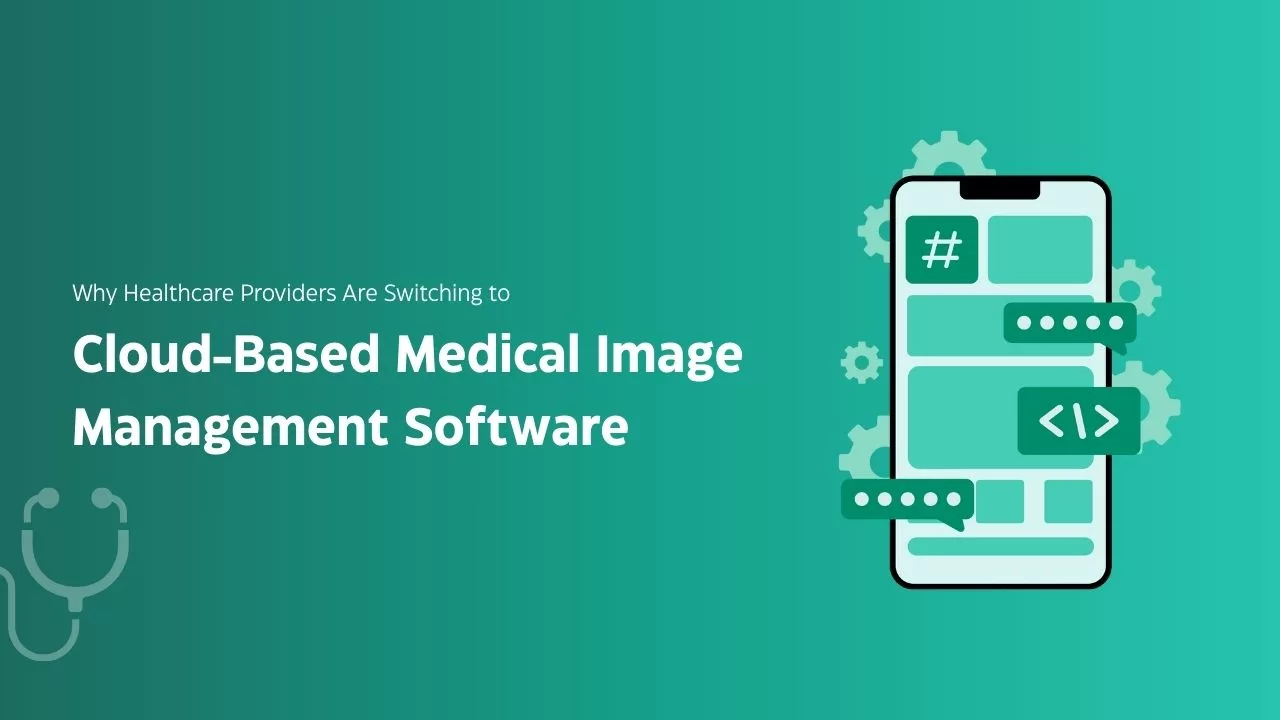Multi-clouding is the utilization of cloud services from two or more providers. A multi-cloud strategy benefits from increased flexibility, freedom from vendor lock-in, and increased control over cloud infrastructure. According to Deloitte, up to 85% of businesses use two or more cloud platforms. A multi-cloud strategy enables the development of a patchwork of services tailored to specific business requirements.

- Benefits and Challenges of Adopting a Multi-cloud Approach for Tech Professionals
- Adopting a Multi-cloud Approach for Organizations
- Choosing the Right Cloud Service(s)
- Key Multi-cloud Skills and the Future Outlook
- Optimizing Cloud Costs
- Final thoughts on the future landscape of IT about Multi-cloud technologies
Benefits and Challenges of Adopting a Multi-cloud Approach for Tech Professionals
Learning multi-cloud skills might depend on business needs and the learning curve of the person/team. Skills for similar services across multi-cloud providers could be mastered in a short period of time when business needs are just using them in standard ways; every cloud provider provides almost identical VMs, DBs, etc.
But when it comes to comprehensive IT architecture design and migrations among cloud providers, more expertise and in-depth understanding of each cloud provider’s product lines are required, as are industrial experience and multi-cloud management tools, platforms, and practices. That, of course, would involve team cooperation, while individuals in those teams should work better with multi-cloud skills.
The Role of Multi-cloud Expertise in Employability
Generally, it’s normal to be around 90% in one CSP and add on services from another because your main cloud doesn’t quite address your use case.
Learn the basics about all the major cloud platforms for sure, though not required to reach a high level of proficiency in multiple clouds. Consider it a type of programming language. Have above-average proficiency in one programming language, but possess the knowledge necessary to complete tasks when using a different language.
If you go to another organization that uses a different CSP, the concepts are close enough that picking the new one up quickly shouldn’t be too hard.
Also read: 7 Effective Practices to Build Scalable Cloud Applications
The Impact of Multi-cloud Skills on Your Career and Salary Potential
It makes sense for an organization as a whole to be multi-cloud, but less usual as an individual. It can be truly challenging to be a multi-cloud proficient. To be a true asset is to have enough in-depth knowledge in a CSP. If you feel you are willing to do that for many reasons, you are placing yourself up in the career trajectory.
Multi-cloud is super expensive and only a few will do more than a backup to a secondary vendor, leading you to choose one to laser focus on because it changes too fast to keep up with them all at an intricate level.
While it can be incredibly difficult to keep up with the developments on any one cloud platform, let alone two, like trying to keep up your knowledge on all AWS services, if your organization undergoes many mergers and acquisitions; decisions made due to leadership changes would influence your learnings. While you would not regret learning the “others,” you made your career more attractive to the job market.
Adopting a Multi-cloud Approach for Organizations
Companies go multi-cloud for several reasons, including regulations, pricing, product availability, not being locked into a single vendor, Redundancy, disaster recovery, and compliance are some of the major reasons. This is true for banks, medical, or other sensitive industries. While multi-cloud doesn’t eliminate the risk of vendor lock-in, it can mitigate it by providing more options and flexibility.
Some big organizations use multiple clouds because of the siloed nature of teams and their exact requirements. Big tech loves multi-cloud setups, and for good reasons:
- Do not want to depend on a single provider—what happens if your cloud provider crashes or shuts down for some reason? Any disaster must have backups.
- Some companies shift cloud strategies based on which provider offers a better deal. Multi-cloud lets them avoid starting over from scratch.
- Acquisitions and leaning on the strengths of the different providers: Certain tools and services are just better on other clouds.
While smaller companies might not think this far ahead, it’s pretty common for big enterprises. So your multi-cloud skills are important if you plan to work for big tech enterprises.
Sometimes multi-cloud is
- backups
- Standby
- Active workloads
- Utilizing the best of other CSP
- Maintaining legacy infrastructure
- Compliance
Certain industry regulations emphasize the need to avoid concentration risk on cloud providers and to have viable exit plans. That is easier to do with a multi-cloud strategy. Managing multiple cloud environments can be challenging, but the use of automation tools and standardized processes can simplify the process.
Choosing the Right Cloud Service(s)
Hashicorp and most tooling companies might lead you to use it because a lot of their products mostly make sense if you use multiple clouds. All of those reasons to go multi-cloud tend to be a no-go unless you’re using very specific products (like data or AI products), in which case it’s not multi-cloud but more like using a SaaS vendor. Traditionally, multi-cloud means computing across clouds, or computing in one cloud and data in another, or DR across clouds, and all of those strategies tend to reduce product availability.
It also depends on what you mean by multi-cloud. Some would argue that if you use Microsoft 365 and AWS, you are multi-cloud. Nevertheless, that’s an argument that smaller cloud service providers use a lot. The most common cases where an organization is using multiple cloud service providers are either due to a data residency issue or an enterprise that has had several Mergers and Acquisitions. In the latter case, the organizations eventually try to standardize on one cloud.
Also check: Handpicked 10+ Cloud Consulting Companies | Hire The Best Firm
The challenge is choosing the Cloud Service provider as a Multi-cloud user
CSPs give bigger discounts the more you spend. Splitting your spending across CSPs makes it harder to renegotiate discounts. And, in case you are wondering, your spending will never really be enough that you will be able to pit CSPs against each other to get the biggest discount.
True multi-cloud operations are hard. Yes, some tools can make it easier, but even then, it’s still really hard. Scaling a system from single-AZ to multi-AZ, multi-region, and eventually multi-cloud requires progressive complexity. Addressing challenges at each stage before moving to the next is crucial.
Key Multi-cloud Skills and the Future Outlook
Expertise in multi-cloud computing enables IT leaders to steer digital transformation projects, close the gap between technology and business strategy, boost productivity, enhance customer satisfaction, and generate new business prospects. The IT job market demands professionals with vendor-neutral cloud skills, and multi-cloud expertise enables IT professionals to adapt to diverse environments.
Hiring and developing talent with multi-cloud skills and strategies for building a skilled workforce would be the goal of many multi-cloud companies. To stay competitive and equip multi-cloud skills, focus on acquiring Cloud certifications. The importance of certifications like AWS Certified Developer Associate, AZ-104: Microsoft Azure Administrator and Google Cloud Certified Professional Cloud Architect shines bright for tech professionals willing to be multi-cloud skilled.
Hands-on experience with various cloud platforms will place you higher in case of job prospects. Receive the necessary practical skills with Whizlabs Sandboxes and hands-on labs.
Also have a look at: Emerging Trends and Predictions Shaping the Future of Cloud Computing
Optimizing Cloud Costs
Customers doing multi-cloud have a really strong need to do so. Sometimes companies that need multiple clouds can pay for experts in each. While you can look from multiple facets to use multi-cloud, it should be saved for very specific use cases.
The overhead cost of maintaining the knowledge base to support multi-cloud, the reduced discount at the enterprise level, and the increased complexity of multi-cloud platforms mean that it should not be the first call.
If you use any of the interesting features of a cloud, you’re locked into it. Want to use Spanner? Want to use DynamoDB? Locked in. You only avoid that by using only matching functionality across clouds, and that is more difficult, more expensive, and generally leads to using inferior tech.
You may also like: Top IoT Cloud Platforms
Final thoughts on the future landscape of IT about Multi-cloud technologies
Multi-cloud environments offer flexibility, scalability, and security. By distributing resources across multiple clouds, companies can improve disaster recovery and data redundancy.
Saying the future of cloud computing is steering towards multi-cloud architectures is debatable but each company’s needs are unique, and a multi-cloud approach allows for customization to meet specific project requirements; it combines the best parts of one or more cloud services from multiple providers to achieve the desired outcome.
While it includes challenges like managing complex, distributed environments and requiring a deep understanding of cloud platforms and integration, continuous learning and staying updated with cloud technologies is crucial!










Leave a Reply